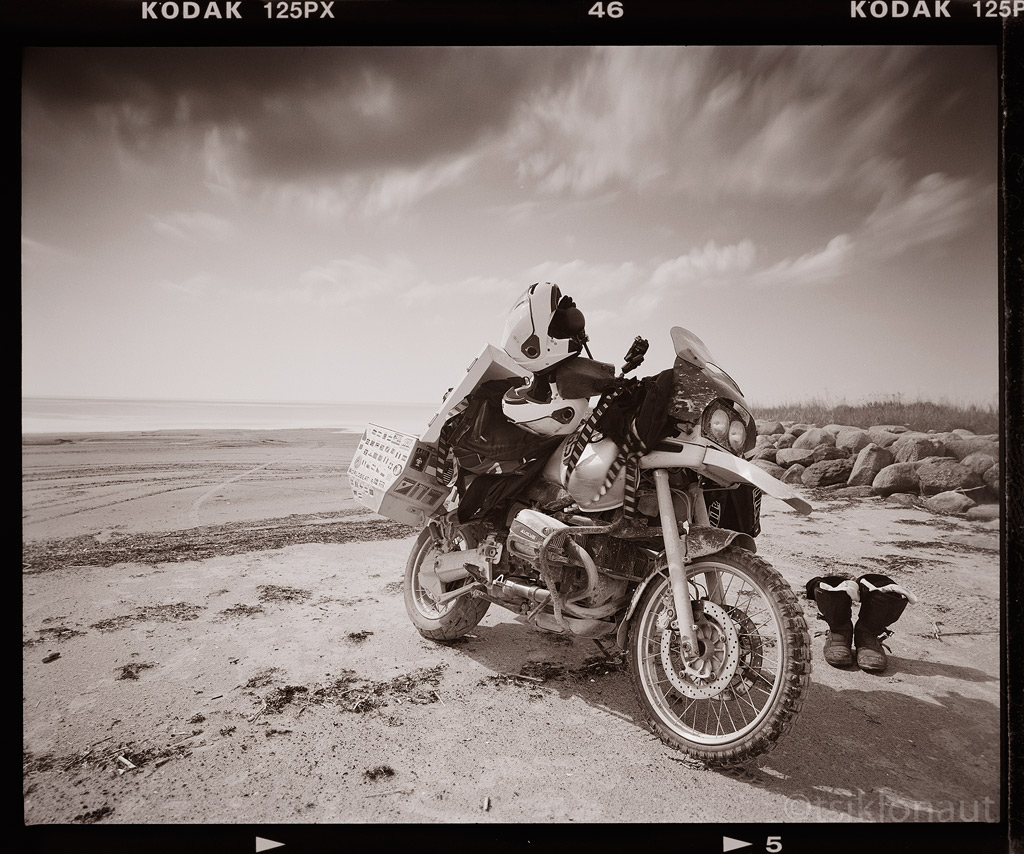douglasboyd
enthusiast
Focus on the grain
Focus on the grain
In the darkroom days we used to focus the enlarger on the grain using a grain magnifier.
These days most of us scan with CCD and I noticed that even with Nikon 9000ED (4000dpi claimed) the grain is hard to see.
In film, the image is formed by exposing individual grains in the emulsion, and if you don't have enough scan resolution to resolve these, you are not getting the optimum image.
These examples clearly illustrate the advantage of drum scanning since at 5,500 dpi drum resolution, the grain is clearly resolved as in the old darkroom days. Personally I would prefer the 11,000 dpi scan since there are more pixels there for Neat Image's grain removal algorithms to work.
This post clearly illustrated the advantage of drum scanning.
==Doug
As you can see at 11K ppi (on this 6x7 frame it's 745 MegaPixel or 0.75 GigaPixel equivalent) is pretty much pointless on ASA400-class grainy film unless you want gigantic print that looks dense when inspecting it close. A 5500 ppi (186 MegaPixel equivalent) is where it's a good balance between usable detail and grain, IMHO at least.
[/CENTER]
Margus[/QUOTE]
Focus on the grain
In the darkroom days we used to focus the enlarger on the grain using a grain magnifier.
These days most of us scan with CCD and I noticed that even with Nikon 9000ED (4000dpi claimed) the grain is hard to see.
In film, the image is formed by exposing individual grains in the emulsion, and if you don't have enough scan resolution to resolve these, you are not getting the optimum image.
These examples clearly illustrate the advantage of drum scanning since at 5,500 dpi drum resolution, the grain is clearly resolved as in the old darkroom days. Personally I would prefer the 11,000 dpi scan since there are more pixels there for Neat Image's grain removal algorithms to work.
This post clearly illustrated the advantage of drum scanning.
==Doug
As you can see at 11K ppi (on this 6x7 frame it's 745 MegaPixel or 0.75 GigaPixel equivalent) is pretty much pointless on ASA400-class grainy film unless you want gigantic print that looks dense when inspecting it close. A 5500 ppi (186 MegaPixel equivalent) is where it's a good balance between usable detail and grain, IMHO at least.
[/CENTER]
Margus[/QUOTE]




















